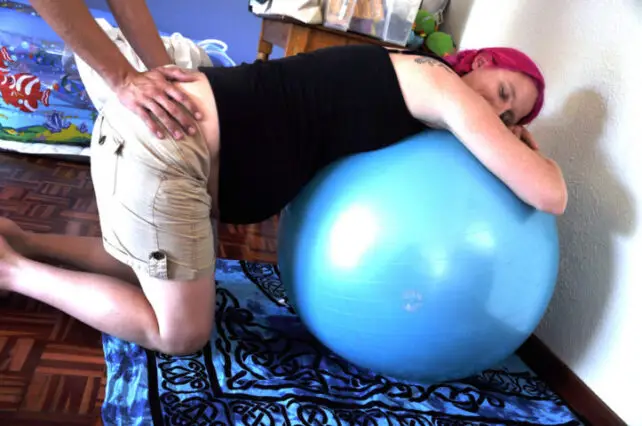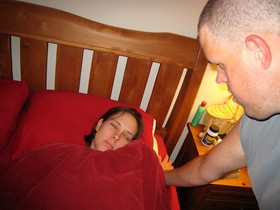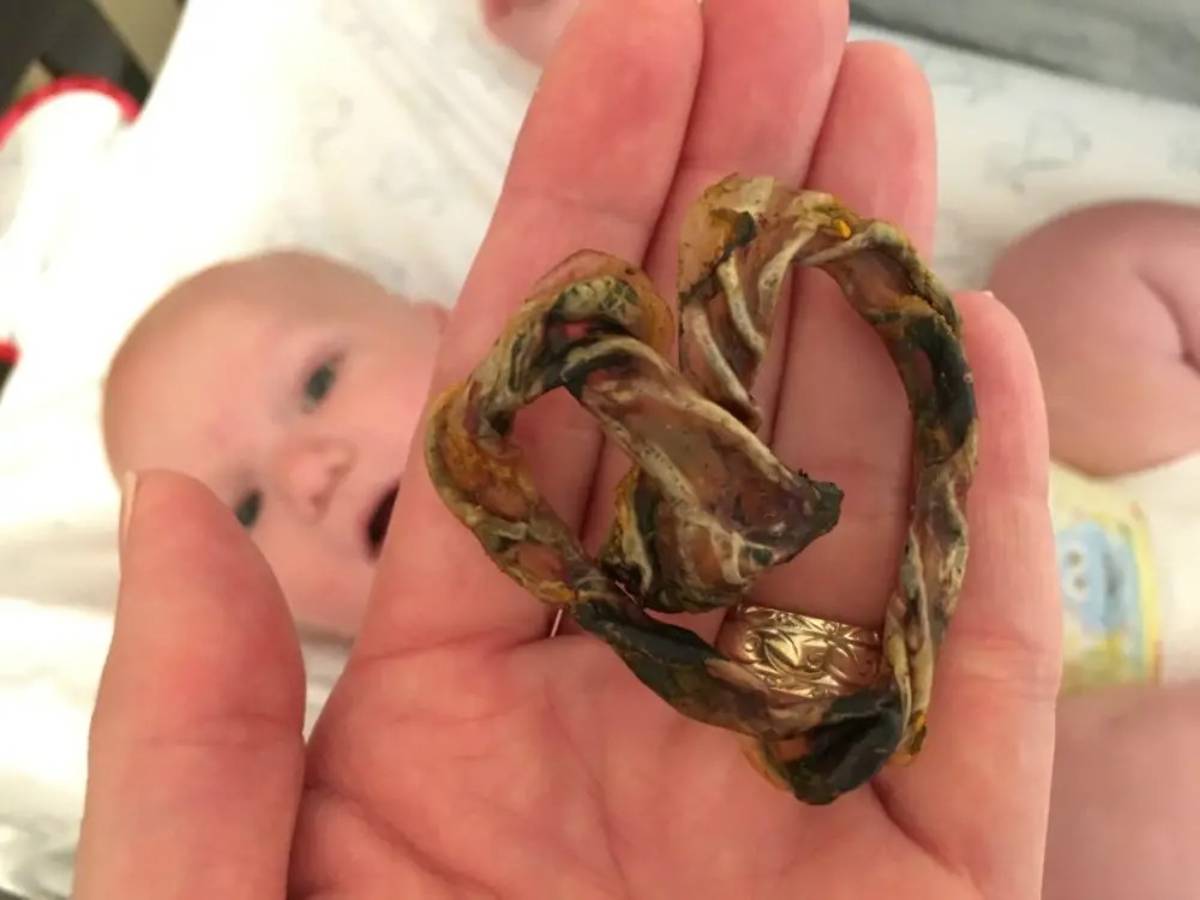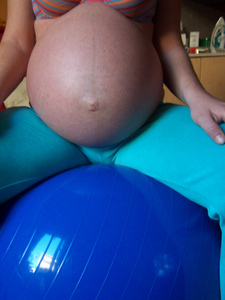 If you’re pregnant and nearing your due date, then you’re probably wondering about some natural ways of inducing labor, rather than leaving it to the doctor to induce labor.
If you’re pregnant and nearing your due date, then you’re probably wondering about some natural ways of inducing labor, rather than leaving it to the doctor to induce labor.
Many women don’t like the idea of invasive medical procedures and prefer to be more in control of their own bodies throughout their entire pregnancy.
Depending on the woman, it can be technically safe to deliver up to 2 weeks past your due date. However, you may want to help speed things along a bit, if you can.
Things like back pain and difficulty sleeping may have you considering safe ways to induce labor naturally at home once you’ve passed your due date.
Actually, the percentage of babies born exactly on their predicted due date is so small it’s a wonder we bother with due dates at all. It’s perfectly normal for 80% of healthy babies to have anywhere from a 38- to 42-week gestation. Source
Fortunately, there are lots of natural ways to induce labor at home yourself.
Some work better than others, depending on the woman.
Here are some ways of inducing labor that you can try at home, including things you can do to increase labor and things you can eat to induce labor…
Some Precautions
Generally speaking, these things help by getting your baby into position for birth (head down, with the baby’s back to the left of your belly button).
Do not attempt to do any of these things before the 40th week of your pregnancy.
Doing so could result in preterm labor and delivery — which isn’t healthy for your baby.
Things You Can DO To Induce Labor
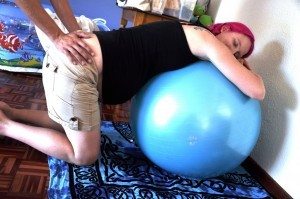 Relax.
Relax.
If you are tense and uptight, this can actually prevent you from going into labor. That includes being worried or trying hard to start labor. So, take a bath, get a massage, or listen to relaxing music. Consider doing something special for yourself every day until the baby is born. This will help to relax you.
Take a bumpy ride.
Some women have been able to “bump” their baby into a better position for birth by bouncing on a birth ball or driving on a bumpy road. This could also include mowing the yard on a riding lawn mower, driving a tractor on a bumpy field, going horseback riding, or enjoying an off-road trail. (Just don’t get too far from civilization, in case you actually do go into labor!)
Have sex.
Semen contains natural prostaglandins, a hormone that is naturally produced by the woman’s body which gets labor started. However, there is still some debate about whether sex induces labor or not. If you decide to try this technique, make sure that you don’t get up right away and keep your hips elevated so that the semen will stay around the cervix longer. This will help your cervix to thin and dilate. Do not have sex if your water has broken, you have a low lying placenta, or have had vaginal bleeding.
Go for a walk.
The key with walking to induce labor is to not wear yourself out. Either walk around your house, around the neighborhood, or at the mall. The reason walking helps to induce labor is because your baby’s head putting pressure on the cervix causes oxytocin to be released — which can help to start labor. Then of course there is gravity, which is in your favor as well. Here’s how to walk to induce labor.
Do some gentle exercise.
The movements associated with low-impact exercise like swimming, gentle stretching, climbing stairs, and yoga (as long as it’s okay with your doctor) can help the baby move into a more favorable position for birth. Sometimes a better position is all baby is waiting for.
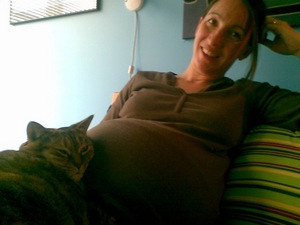 Stimulate your nipples.
Stimulate your nipples.
There is a bit of controversy around this one and you should not try it without the okay of your doctor. The reason being is that nipple stimulation can cause your uterus to contract hard enough to make your baby uncomfortable. By manually manipulate your nipples (or applying a hot compress to your breasts), you’re helping to release oxytocin, which causes the uterus to contract.
Try herbs or aromatherapy.
There are a number of herbs and essential oils that can induce labor. However, only try these if you are under the care of a naturopathic doctor or herbalist or midwife who is educated in the proper use of herbs. People react differently to herbs, so it’s important that someone knows what they are doing. Some herbs that induce labor are black cohosh, blue cohosh and Evening Primrose Oil
— to name just a few. The soothing scent of Clary Sage helps with the relaxation part of inducing labor.
Swing in the park.
They say that you can “swing” your baby into the pelvis or into a better position for birth. So find a park with a swing and start swinging on it! Swinging results in a small G-force that encourages your baby to descend.
Clean the house.
The classic example typically used is to mop the floor on your hands and knees. In reality, just about any form of house cleaning can help to induce labor naturally because cleaning requires you to walk, bend, squat, stand, and even be on all fours. All of these different positions (and changing them as you clean) help the baby to get into an optimal birthing position. For example, squatting helps your baby get into the birth canal while opening up the pelvic area, stretching your muscles on the pelvic area and inner thighs, and relaxing your lower back.
Try acupressure.
Acupressure is the act of applying pressure on specific spots on your body with fingertips. When done to certain acupressure points (shoulders, hands, lower legs and ankles), it helps your cervix to dilate. Try to find an acupressure specialist to apply the proper amount of pressure in order to induce labor.
Try acupuncture.
By placing tiny pins in certain places on a pregnant woman’s body, you’re stimulating the movement of the baby inside the womb. Acupuncture during pregnancy is safe when done by a professional.
Blow up balloons.
The build-up of abdominal pressure can encourage labor to start by putting more pressure on the cervix to move things along.
Take castor oil.
There is some controversy about the effectiveness of taking castor oil. Some women swear up and down it works, while others say that it just made them sick with diarrhea and vomiting. Here are some castor oil induction recipes.
Things You Can EAT To Induce Labor
There are several different foods (and a few interesting recipes) that are said to help induce labor:
Fresh pineapple
While fresh pineapple does have an ingredient called Bromelain which is supposed to help induce labor, you’d have to eat a lot of it to get enough Bromelain to do any good. Chances are you’d get the runs before that. However, stimulating the gut and bowels in this way could, indeed, induce labor.
Macaroni and Cheese & A1 Sauce recipe
This was originally suggested by Jim Philips (of the Philips Phile, talk radio in Orlando, Florida). As long as the pregnant mother is past her due date, this recipe is said to work 9 out of 10 times. (Here’s a similar A1 Sauce + Macaroni and Cheese recipe.)
Eggplant Parmesan recipe
Scalini’s Italian restaurant in Cobb County, Georgia, has helped more than 300 babies to come into the world within 48 hours of their mom eating the meal. The restaurant promises results within 2 days. If you haven’t had your baby by then, expectant moms get a gift certificate for another try.
It may just be that the dish causes the women to go into labor, but it’s not the eggplant. The herbs Oregano and Basil have properties that may cause contractions, though it is not yet known how or in what quantities. Source
Raspberry leaf tea
While it doesn’t cause contractions or encourage labor to begin, it can be safely used throughout pregnancy. It is most helpful in toning the uterus and helping with labor.
Spicy foods
One example is adding curry and cinnamon to a celery stick. That way, it’s just a small dash of spice. Remember, spicy foods can also cause heartburn if you’re not careful.
Black licorice
Black licorice stimulates the production of prostaglandins, due to the chemical, glycyrrhizin — which is found in black licorice.
IMPORTANT: You should never try to induce labor on your own without consulting your doctor or midwife first, because every woman’s body is different. Also, never try to induce labor before the 40th week — it could be dangerous for both you and the baby.
This video illustrates the 5 ways that doctors can induce labor in the hospital.
My favorite things to write about are topics that have to do with pregnancy, weddings, saving money, living green, and life with dogs. When I’m not writing, I love to spend time with my husband, read, create 3D artwork and Native American beadwork.
